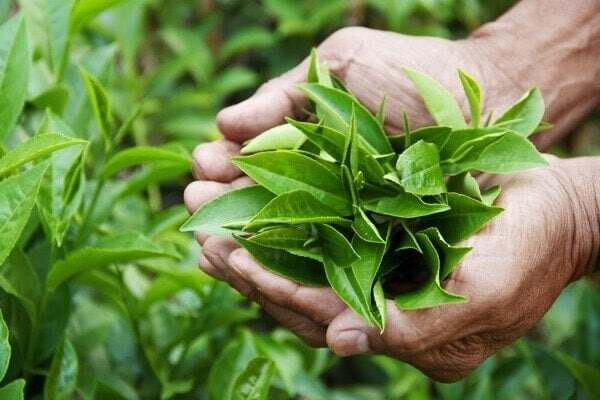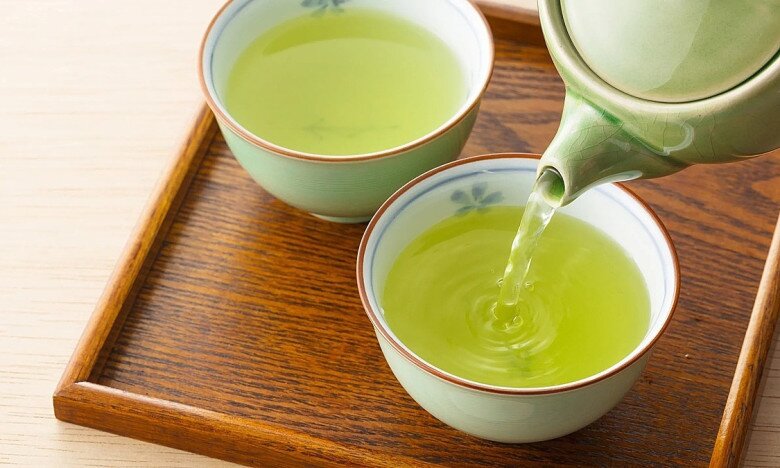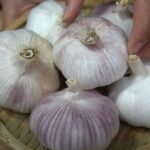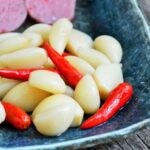According to Dr. Toan, there are numerous vegetables and fruits that can help treat and prevent fatty liver disease, with green tea and lotus leaves being particularly notable. These two types of leaves are commonly grown in Vietnam, and drinking tea made from them or infusing them in water can aid in weight loss and the prevention of chronic diseases, including fatty liver.

Green tea is widely cultivated in Vietnam. Photo illustration.
Green Tea Leaves
Tea is extensively grown in Vietnam, particularly in the provinces of Phu Tho, Tuyen Quang, Thai Nguyen, Ha Giang, Quang Nam, Da Nang, Dak Lak, and Lam Dong. Research has shown that green tea leaves contain high levels of antioxidants, amino acids, enzymes, pigments, vitamins, and minerals such as Fe, P, K, Ca, Zn, Mn, and Fl. Regularly drinking tea made from these leaves not only hydrates the body but also helps slow down skin aging, prevents nerve cell degeneration, and reduces the risk of stroke and heart attack.
According to Dr. Toan, in traditional medicine, green tea leaves have diuretic properties, inhibit bacteria, and boost the body’s immune system. Folk wisdom suggests that green tea helps eliminate fats in the body, especially the fat deposited in the liver. Regular consumption of green tea will help remove bad fats from the body, thereby improving fatty liver conditions.
Dr. Toan also noted that modern research supports these claims, indicating that green tea can increase vascular elasticity, lower blood cholesterol, and prevent fat accumulation in the liver.
However, when drinking green tea, it is important not to make it too strong. It is best to drink it hot and avoid consuming it at night. Pregnant women, children, and individuals with constipation should use it with caution.

Regular consumption of green tea offers numerous health benefits. Photo illustration.
Lotus Leaves
Lotus leaves are familiar and have traditionally been used to wrap sticky rice, rice flakes, and other dishes in restaurants. However, not many people are aware that lotus leaves can be used to make tea, offering various health benefits, including the potential to help with fatty liver disease.
According to Dr. Toan, in traditional Chinese medicine, lotus leaves have a bitter and astringent taste, and their cooling nature helps dissipate blood stasis and has hemostatic, blood fat-reducing, and weight loss properties. Therefore, lotus leaves are used to make porridge or dried and brewed into tea to aid in weight loss, treat high blood fat, lower blood pressure, and address fatty liver issues.
In modern medicine, lotus leaves are known to contain alkaloids, which help lower blood pressure, regulate heart rhythm, and support various other bodily functions. Therefore, lotus leaf tea can help stabilize heart rhythm, reduce restlessness, and promote better sleep. Alkaloids also effectively cool the body, making lotus leaf tea an excellent choice during hot summers.
In addition to alkaloids, lotus leaves contain flavonoids. These two substances offer multiple health benefits, accelerating lipid metabolism, reducing bad cholesterol (the primary cause of high blood fat and fatty liver), and increasing good cholesterol. As a result, they help prevent fatty liver, lower blood fat, reduce atherosclerosis, and regulate heart rhythm.
However, it is important to consume lotus leaf tea in moderation and not as a replacement for filtered water. Since lotus leaves have a cooling nature, excessive consumption may affect the stomach.






































